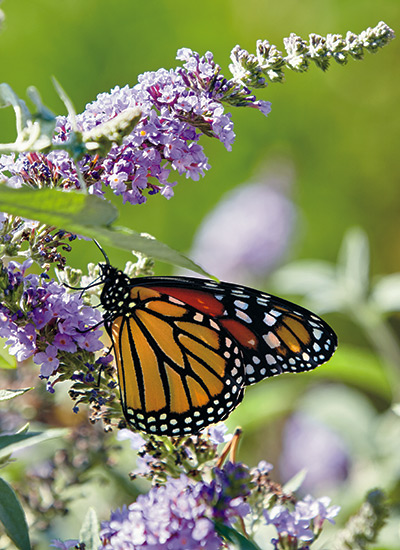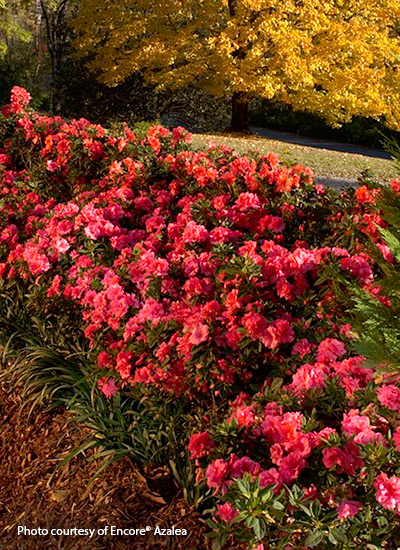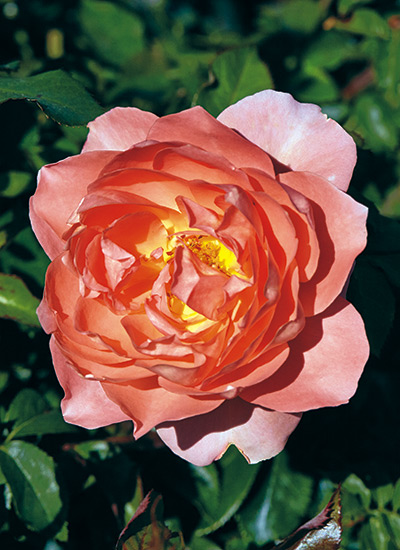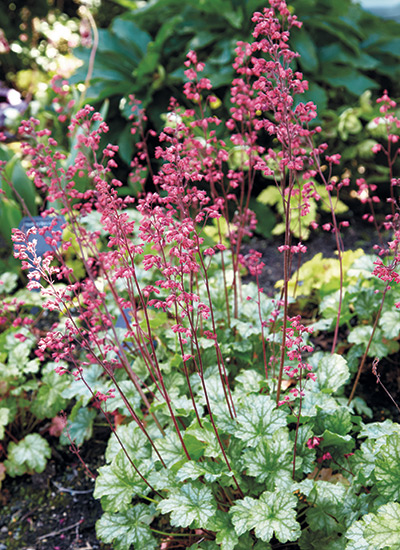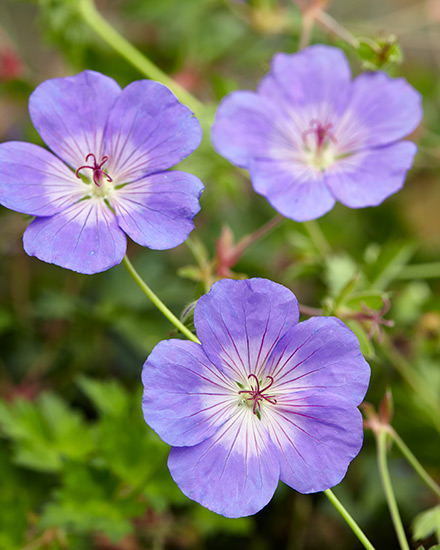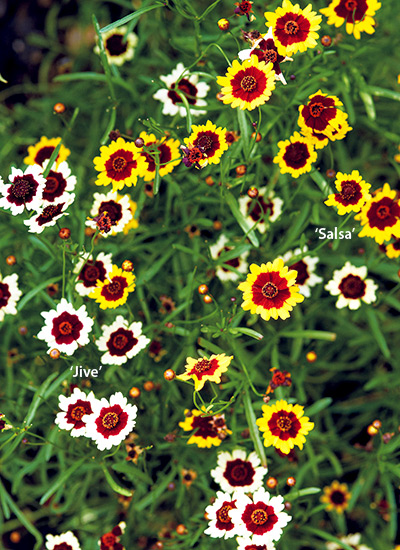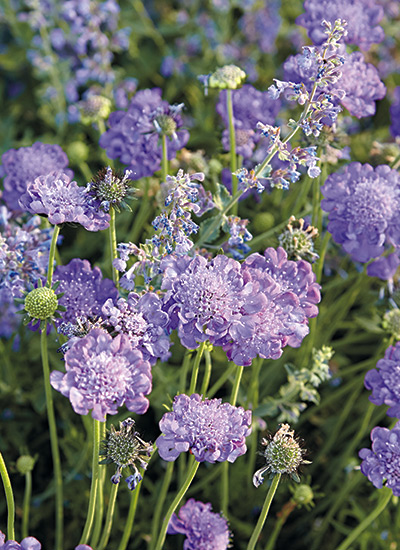Get more flowers with these reblooming plants
Have you ever waited with anticipation for a plant to flower only to be disappointed with how quickly it fades? If you want to keep the color going without investing in annuals each year, add a few reblooming plants to the garden. Besides having lots of flowers to turn heads and add to bouquets, reblooming plants offer pollinators a helping hand by providing a consistent food supply. That’s especially important for migrating butterflies and hummingbirds late in the season. The mix of perennials and shrubs here are some of the best, and you can count on them to keep reblooming year after year.
You Might Also Like:
Summer Flowers that Can Take the Heat
Beautiful Garden Plans
Long-Blooming Perennials
Design a Beautiful Rose Garden
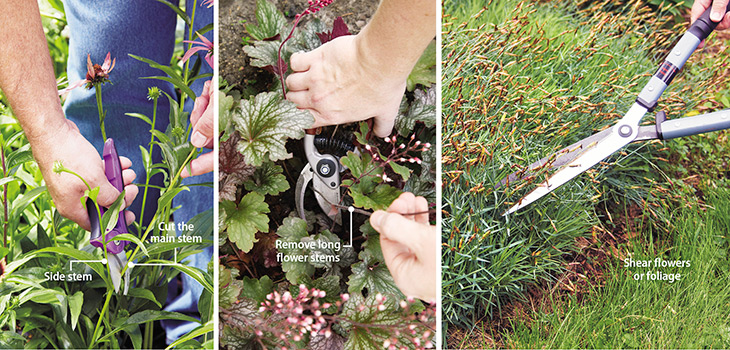
Deadhead your reblooming plants
Reblooming plants often keep going on their own, but with deadheading, they’ll look better and produce additional flowers more quickly. Knowing the different ways flowers grow tells you how to deadhead. You’ll find 3 techniques to match these growth habits here, then check out the plants that follow to see which method to use with each.
- Cut the main stem of plants that have a strong central flower and a couple of side stems waiting in the wings.
- Remove long flower stems back below the foliage.
- For plants with blooms too numerous to cut singly or habits that get lanky after the initial show, shear the flowers or foliage. For more flowers, trim the plant back by one-third to half. Lanky foliage can be cut back to a few inches to encourage new growth. (There may already be some fresh foliage emerging at the crown.)
Reblooming plants
Scroll down to take a meet a few great reblooming plants you can count on to keep your garden filled with color from spring to frost.




